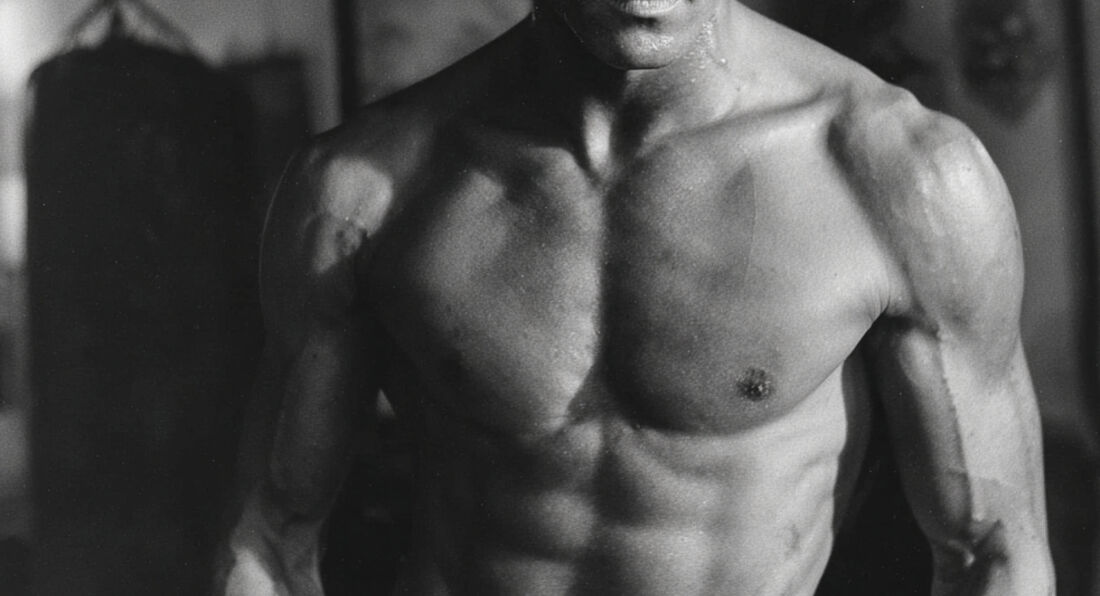The Knowledge > How To Build Muscle >
Wednesday, 25th June 2025
Genuine Ways to Build Hamstring Muscles
and Achieve Symmetrical Legs
By LA Muscle on 25.06.2025 08:02 pm
In the pursuit of powerful, athletic legs, many gym-goers focus heavily on quads—squats, lunges, leg presses—but hamstrings often get neglected. This imbalance not only looks asymmetrical but also increases the risk of injury and limits performance.
Strong, well-developed hamstrings are the foundation of speed, power, and leg aesthetics. This article outlines the most effective, science-backed ways to build hamstrings and balance your leg development for symmetry and strength.
Why Hamstrings MatterThe hamstrings are a group of three muscles at the back of the thigh: biceps femoris, semitendinosus, and semimembranosus. They perform two primary functions:
-
Hip extension (e.g., driving the hips forward in a deadlift)
-
Knee flexion (e.g., curling the leg)
Undertraining the hamstrings compared to the quads creates a muscle imbalance that can:
-
Increase risk of hamstring or ACL injuries
-
Affect posture and hip mobility
-
Limit strength in compound lifts like squats and deadlifts
-
Ruin leg symmetry and definition
To build thick, strong, and symmetrical hamstrings, you need to train both functions—hip extension and knee flexion—using a combination of compound and isolation exercises.
1. Romanian Deadlifts (RDLs)
Targets: Entire posterior chain with emphasis on hamstrings
-
How: Stand with a barbell, hinge at the hips with a slight knee bend, lower the bar until hamstrings stretch, then return to standing.
-
Sets & Reps: 3–4 sets of 8–12 reps
-
Tip: Focus on a deep stretch and controlled tempo
2. Lying or Seated Leg Curls
Targets: Knee flexion with isolation of the hamstrings
-
How: Use a leg curl machine to contract the hamstrings through a full range.
-
Sets & Reps: 3–5 sets of 10–15 reps
-
Tip: Pause at the top for a strong contraction; don’t swing
3. Nordic Hamstring Curls
Targets: Eccentric hamstring strength (fantastic for injury prevention)
-
How: Kneel with ankles secured, slowly lower your upper body while resisting the fall with your hamstrings.
-
Sets & Reps: 2–3 sets of 5–8 reps
-
Tip: Use a band or partner if you’re a beginner
4. Glute-Ham Raises
Targets: Full hamstring length through hip extension and knee flexion
-
How: Performed on a GHD machine, hinge forward and use hamstrings to lift the body back up.
-
Sets & Reps: 3 sets of 6–10 reps
-
Tip: Keep hips aligned and control both directions
5. Kettlebell Swings
Targets: Dynamic hip extension, excellent for power and endurance
-
How: Swing a kettlebell between your legs using a powerful hip thrust.
-
Sets & Reps: 3–4 sets of 15–20 reps
-
Tip: Don’t squat—hinge and snap the hips forward
6. Single-Leg Romanian Deadlifts
Targets: Hamstring and glute of one leg at a time, also improves balance and symmetry
-
How: Hold a dumbbell in one hand, hinge at the hips while raising the opposite leg straight behind you.
-
Sets & Reps: 3 sets of 10–12 reps each leg
-
Tip: Keep hips level and move slowly
Symmetrical legs mean even development between:
-
Left and right leg (avoid dominance)
-
Quads and hamstrings (balance front and back)
Here’s how to build them:
-
Use unilateral exercises like Bulgarian split squats and single-leg RDLs to target both sides equally.
-
Track and match reps and weights for both legs—never let one side do more work.
-
Train both knee flexion and hip extension for balanced hamstring growth.
-
Don’t overdo squats and neglect curls—mix them in every leg session.
-
Prioritise your weaker side by starting with it or doing extra reps when needed.
To maximise hamstring growth:
-
Train hamstrings 2 times per week (e.g., on leg day and deadlift day)
-
Start your leg day with hamstrings occasionally, not always quads
-
Use a mix of rep ranges:
-
6–8 reps for strength (RDLs, glute-ham raises)
-
10–15 reps for hypertrophy (leg curls, swings)
-
-
Focus on mind-muscle connection—slow reps with controlled form
-
Include eccentric work (like Nordics) for added muscle damage and strength
-
Weeks 1–3: Improved activation and mind-muscle connection
-
Weeks 4–6: Slight increases in strength and visible definition
-
Weeks 8–12: Noticeable hamstring growth and better leg symmetry
-
Beyond 12 weeks: Major improvements in size, proportion, and balance
If you want powerful, athletic, and balanced legs, you can’t afford to ignore your hamstrings. They’re not just supporting muscles—they’re essential drivers of performance, protection, and symmetry. Train them intentionally, progressively, and consistently, and you’ll build a more complete, injury-resistant physique.





























